How to Measure Yourself
Some helpful things to know when measuring yourself for a dress form
Measuring your body is a matter of recognizing the key fitting points where fabric meets curve. MEASURE WHERE YOU MOVE! In duplicating your body on the dress form, it is the movement, or pressure points which need to be identified and shaped. Sometimes the best design finds its way through fixing a mistake; or undergoing a necessary change. When the body is duplicated on the dress form, you will see what changes need to be made in your design and how to make them. Our Fabulous Fit Fitting System will make all the difference in replicating your unique body on the dress form.
Shoulders
Measure your shoulders, from shoulder bone to shoulder bone, across the back. This line will reflect a straight back or curve.
Pad the shoulder area. For a very round back, use a thigh pad or a side back pad to add a curve to the back shoulder area. For a round shoulder slope, rotate the shoulder pads forward.
Measure your shoulders from shoulder bone to shoulder bone in the front. Adjust the shoulder pads.
Always measure with your arms relaxed and released at your side.
Chest Measurements
1. High Chest: Across the front, from the middle of the arm hole. 2. Upper Chest: Circling around the body, under the arms, and just above the bust line. (This is the area that is closest to your frame, and will be the last to gain; or lose weight.) 3. Full Bust. 4. Under Bust. (If the under bust is not exact, it will not be a problem unless you are creating bustiers. Otherwise, any movement across the back will be reflected in the Full Bust measurement.)
Stomach
A lower stomach? Take the measurement, and match the shape. Would a waistband hide a post baby belly bump? Take the horizontal measurement and mark the spot for the vertical front rise. I have found, after working with hundreds and hundreds of very particular people... there is one goal. Let her move in her clothes. Mark the pressure points. (Fabric meets movement.) 5. Waist 6. Upper Hip 7. Best stomach position 8. Lower Hip (Widest part of the bottom).
I rarely use my true waist measurement for creating clothes. A clear idea of where mid-body lies is very important in proportion and silhouette, but for fitting clothes, I like to find the waistband spot where it's most comfortable, and build my waist height, width, or disguise, from there.
Measure the vertical trunk of your body separately. If the waist and vertical measurements are shorter or longer than your dress form, adjust the height of the pads in any area necessary. 9. Rise. Measure through the legs from the middle of the front waist to the back waist. 10. Vertical positions for mid-thigh, knee, calf, and ankle. 11. Horizontal Knee.
he vertical measurements create the silhouette. Always mark hems above or below a curve, and position the waistband, or waist height according to your body movement. I hope you laugh like a Hyena and your waistband can give you room to do it. If you find yourself struggling over a fit that just will not work for your curves, (or non-curves)...maybe try another style. The best style is the usually the easiest one. Designs can be changed, and "mistakes" happen for a reason.
The uneven curves of a stomach which you wish would disappear; or change shape, can be disguised with the right style. When you duplicate your body shape on the dress form, you are free to disguise or enhance anything there.
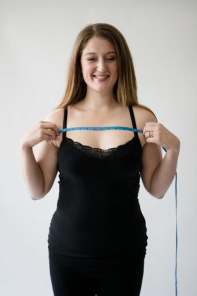
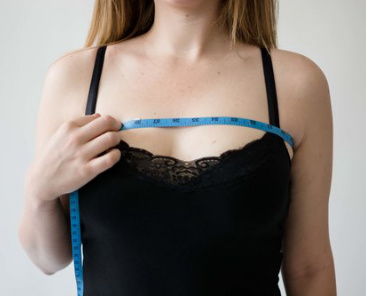

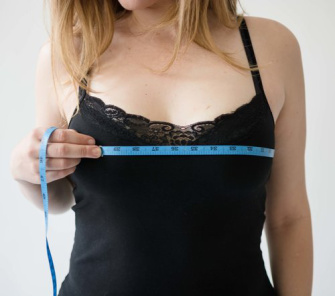
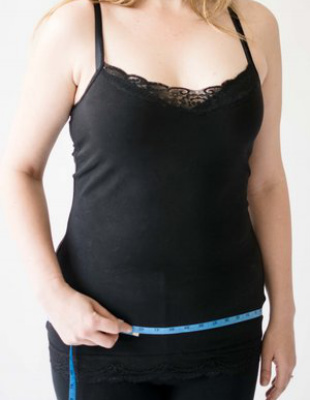

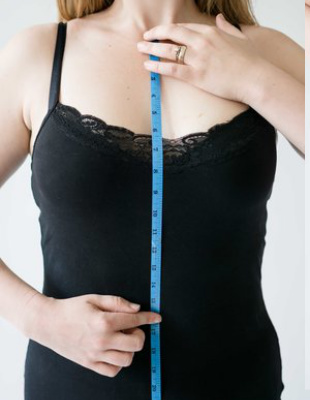

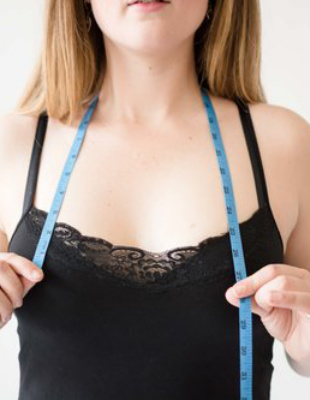

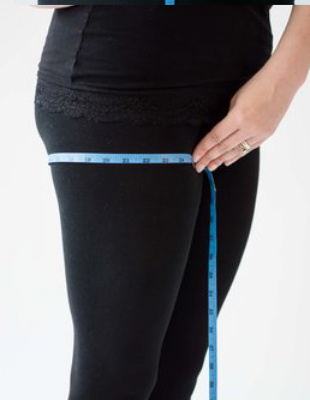

GETTING STARTED
After the two giant steps (finding your favorite clothes and accepting your body), the next key part in getting started is PLANNING. If you don't have a dress form, get one. You will not only save hours in time and frustration, but the fit in your clothes will discover a new meaning in movement, comfort, and statement.
If anyone is encountering problems duplicating shape on the dress form, please stop right now and email us. I will personally take a look, see what you need to do, and send pictures back to you. Every challenge is universal...we are never alone with issues.
SELECT THE PATTERN
Start with a pattern that has a front, back, sleeves and a collar. Find a basic style similar to one of your favorites. The first fitting begins by adjusting the pattern to create balance in your clothes; at the neckline, shoulders and upper chest ( jackets), and waist, hip and thigh (pants and skirts).
CREATE THE VISION
Inspiration is a choice. It is everywhere, but only if you notice. The best way to start is to impulsively locate colors and pictures, finding the shapes which energize you. Grab the pattern, duplicate the body on the dress form, and let's take a look at silhouette.